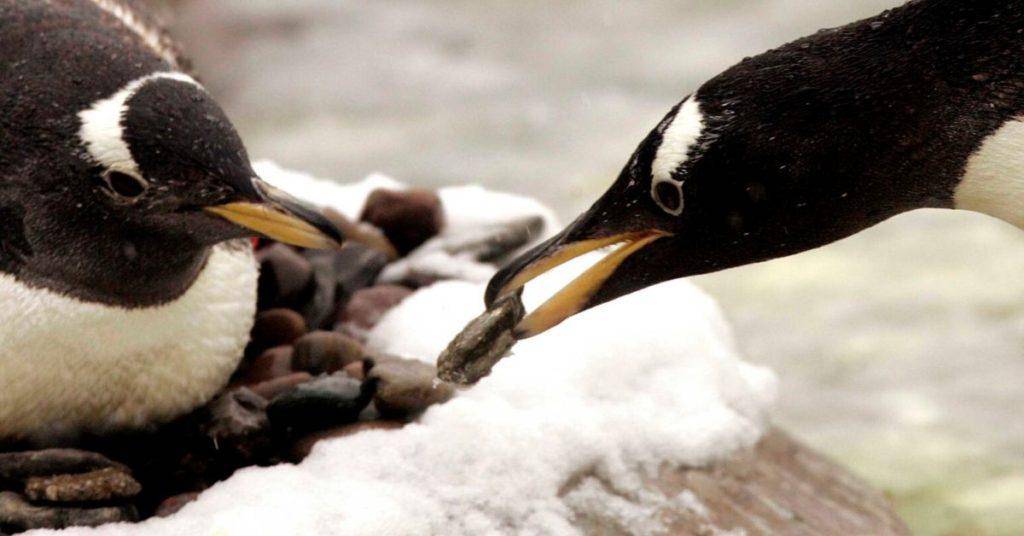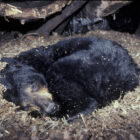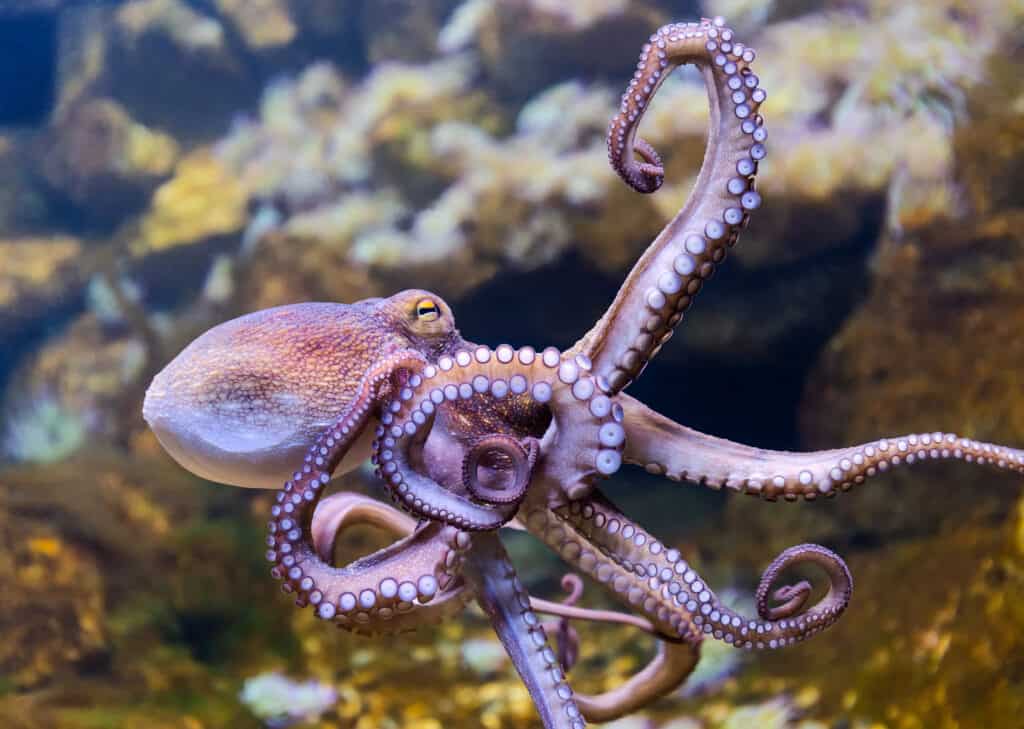Do penguins engage in prostitution?

Beneath the icy veneer of their natural habitats lies a curious question: do penguins engage in what appears to be prostitution?
Defining Prostitution in the Animal Kingdom
In the realm of the animal kingdom, where the intricacies of behavior constantly challenge our understanding, defining terms such as prostitution requires a nuanced approach. Unlike human societies, where the concept of transactional sex is laden with complex cultural and ethical considerations, the animal world operates under the unforgiving laws of survival and reproduction.
Prostitution, when discussed in the context of the animal kingdom, refers to a non-reproductive sexual exchange for resources. These resources can vary widely, encompassing anything from food, shelter, or protection to valuable items essential for the survival and well-being of the individuals involved. The term challenges traditional views of animal mating, emphasizing that the motivations behind sexual interactions are not always solely driven by the imperative to reproduce.
What distinguishes animal prostitution from conventional mating behaviors is the explicit exchange of sexual favors for tangible resources. It introduces an element of quid pro quo into the complex tapestry of reproductive strategies.
The Peculiar Case of Adélie Penguins
As we peer into the icy realms of Antarctica, the Adélie penguins emerge as charismatic avian inhabitants, their distinctive black and white plumage contrasting against the stark backdrop of snow and ice.
Studies in Antarctica, where Adélie penguins thrive in colonies on rocky outcrops, have revealed a fascinating facet of their mating rituals. What distinguishes Adélie penguins from some of their penguin counterparts is the intriguing courtship behavior observed among females seeking not only companionship but also valuable nesting resources.
In the world of Adélie penguins, pebbles are akin to precious gems. These seemingly mundane stones hold immense value for the penguins as they serve as the fundamental building blocks for constructing nests. Nest quality is crucial for successful reproduction, providing insulation and protection for the fragile eggs and vulnerable chicks against the harsh Antarctic elements.
The courtship ritual involves a female Adélie penguin actively seeking out a male with access to high-quality pebbles. What unfolds next is a transactional interaction that, on the surface, echoes the dynamics of prostitution in the human realm. The female offers copulation in exchange for the prized pebbles, a resource that significantly enhances her chances of successfully rearing offspring.
During the breeding season, when nesting materials are in high demand, the competition for quality pebbles intensifies. It is during these times that the seemingly transactional nature of the interactions becomes more pronounced. Females strategically engage in extra-pair copulations with males possessing the desirable pebbles, ensuring that their nests are fortified with the best available resources.
Pebble as a Precious Commodity
Pebbles play a crucial role in the elaborate courtship and nesting rituals of Adélie penguins. Unlike many other bird species that rely on twigs, leaves, or feathers to construct their nests, Adélie penguins utilize pebbles as the primary building blocks of their breeding grounds. The absence of vegetation in their harsh environment makes pebbles a valuable and, at times, scarce resource.
The courtship begins with male Adélie penguins presenting pebbles to potential mates. These offerings serve as not just symbolic gestures but tangible expressions of the male’s dedication to creating a suitable nest. Females meticulously inspect the quality and quantity of the pebbles before making their selection, and this process becomes a critical aspect of mate selection.
In the context of the prostitution-like behaviors observed, the exchange of sex for pebbles introduces a dynamic layer to the already intricate courtship rituals. Females may actively seek out males with access to high-quality pebbles, engaging in copulation as a strategic means of securing these valuable resources for their nests.
The scarcity of pebbles intensifies the competition among female Adélie penguins for access to the best nesting materials. This scarcity amplifies the significance of pebbles as a form of currency in the penguin world, driving females to make strategic decisions about their mating partners based on the perceived quality and availability of pebbles.
The Resource-for-Sex Hypothesis
At the heart of this hypothesis lies the recognition of pebbles as a precious and sought-after resource in the penguin world. Unlike inanimate stones scattered across the icy landscape, these pebbles hold immense value for Adélie penguins, particularly during the breeding season. Female penguins diligently search for mates with access to high-quality pebbles, viewing them not only as potential partners but also as providers of essential nesting materials.
The resource-for-sex hypothesis posits that female Adélie penguins engage in extra-pair copulations with males other than their mates, not driven by promiscuity, but as a strategic move to secure the coveted pebbles. By participating in what might seem like a transactional act, these females enhance their chances of acquiring the best nesting resources, a critical factor in successfully raising offspring in the challenging Antarctic environment.
The connection between copulation and resource acquisition is a fascinating insight into the nuanced strategies that animals employ to navigate the challenges of reproduction. It suggests that female Adélie penguins, driven by an innate desire to provide the best possible environment for their future chicks, are willing to engage in what appears to be a form of trade-off.










